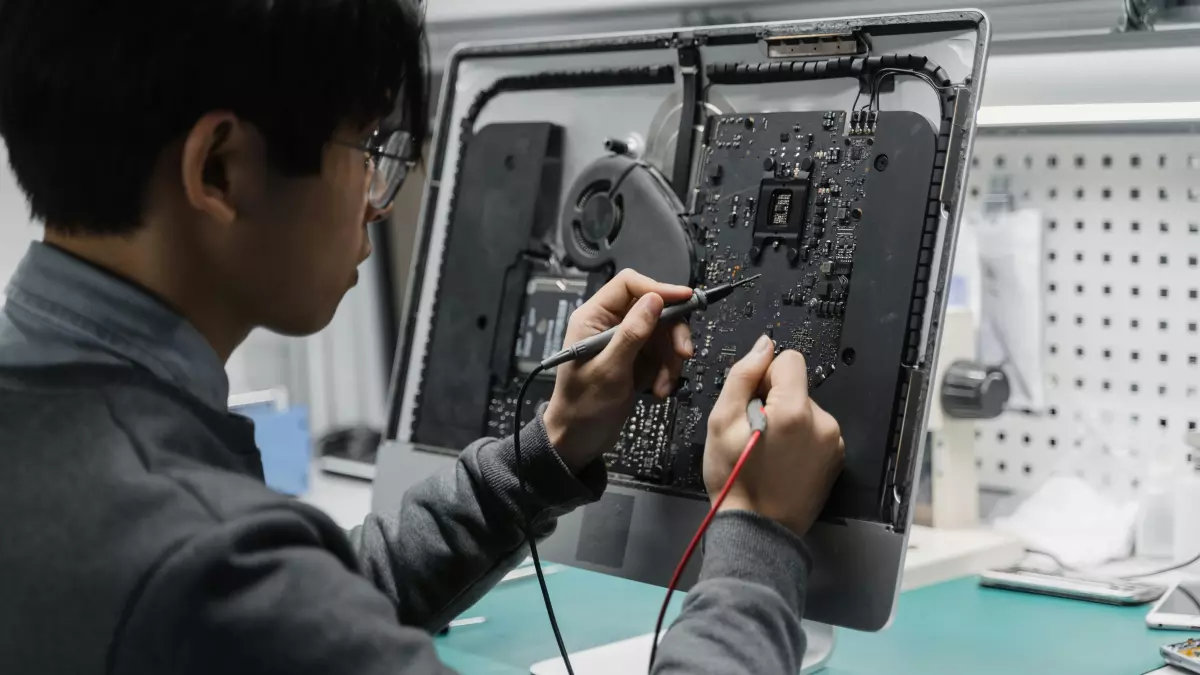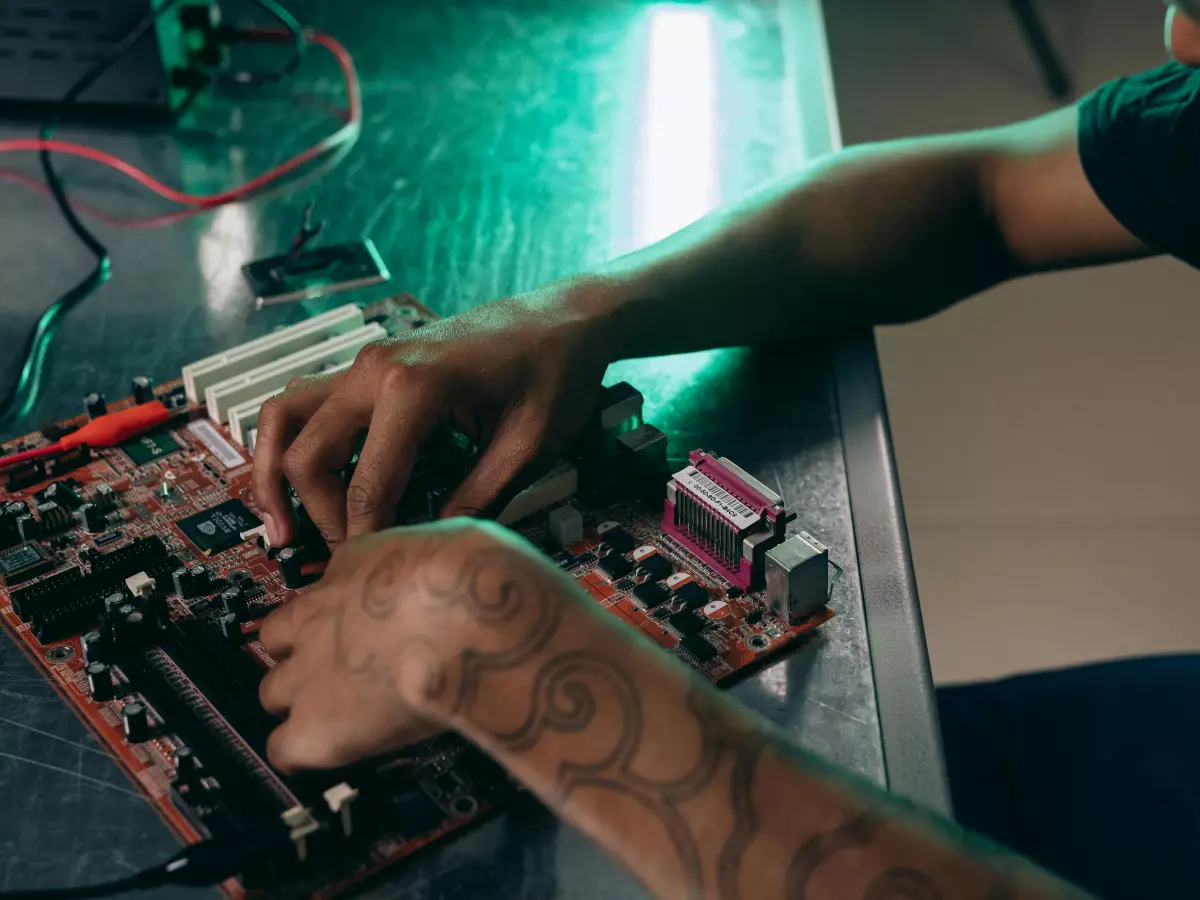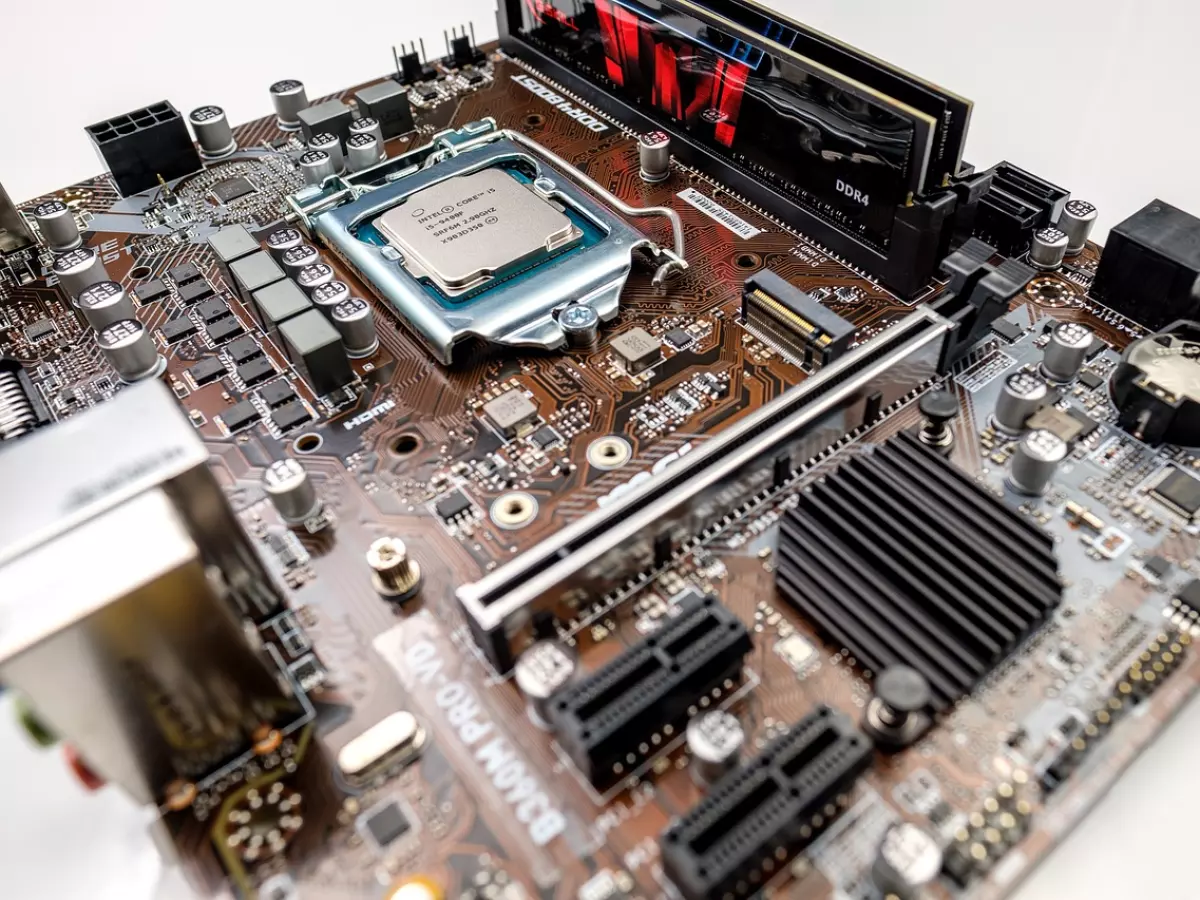Motherboard Matters
Back in the early days of personal computing, the motherboard was a simple, unassuming piece of hardware. It was just a basic circuit board that connected the CPU, memory, and storage. Fast forward to today, and the motherboard has evolved into a complex, multifunctional hub that dictates not only the performance of your PC but also its upgrade potential and overall lifespan.

By Priya Mehta
In the late 1980s and early 1990s, motherboards were relatively simple. They had a few slots for RAM, a socket for the CPU, and some basic I/O ports. But as technology advanced, so did the demands on the motherboard. The introduction of PCIe slots, faster RAM, and more powerful CPUs meant that the motherboard had to evolve to keep up. Today, the motherboard is the backbone of your PC, connecting every component and ensuring that they all work together in harmony.
But here's the thing: most people don't give their motherboard the credit it deserves. When building or upgrading a PC, we tend to focus on the flashy components like the CPU, GPU, or RAM. The motherboard? It's just... there. But in reality, it's one of the most important parts of your system. Without the right motherboard, even the most powerful CPU or GPU won't perform at its best.
What Exactly Does a Motherboard Do?
At its core, the motherboard is a communication hub. It connects all the different components of your PC and allows them to communicate with each other. Think of it as the central nervous system of your computer. Every time you click your mouse, open a program, or play a game, data is being sent through the motherboard to the CPU, RAM, and other components.
But it's not just about communication. The motherboard also plays a crucial role in power distribution. It ensures that each component gets the right amount of power to function properly. And with modern motherboards, you also get a host of additional features like built-in Wi-Fi, Bluetooth, and even RGB lighting (because who doesn't love a little flair?).
Form Factor: Size Matters
One of the first things you'll notice when shopping for a motherboard is the form factor. This refers to the size and shape of the motherboard, and it determines what kind of case you can use and how many components you can fit inside. The most common form factors are ATX, Micro-ATX, and Mini-ITX.
ATX is the standard size and offers the most expansion slots and features. Micro-ATX is a bit smaller but still provides plenty of room for most builds. Mini-ITX is the smallest and is typically used for compact builds where space is at a premium. Choosing the right form factor is important because it will dictate how much room you have for future upgrades.
Chipset: The Brain of the Motherboard
The chipset is another crucial aspect of the motherboard. It's essentially the brain of the motherboard, controlling how data flows between the CPU, RAM, and other components. Different chipsets offer different features, so it's important to choose one that matches your needs.
For example, if you're building a gaming PC, you'll want a chipset that supports overclocking and high-speed RAM. If you're building a workstation, you might prioritize a chipset with support for multiple GPUs or lots of storage options. The chipset also determines what kind of CPU you can use, so make sure to choose one that's compatible with your processor.
Expansion Slots: Future-Proofing Your Build
One of the biggest advantages of a good motherboard is the ability to future-proof your build. Expansion slots, particularly PCIe slots, allow you to add new components like GPUs, sound cards, or additional storage. The more expansion slots you have, the more flexibility you have for future upgrades.
But it's not just about the number of slots. The type of slots also matters. PCIe 4.0 slots, for example, offer faster data transfer speeds than PCIe 3.0 slots. If you're planning on upgrading your GPU or adding high-speed storage in the future, you'll want to make sure your motherboard has the latest PCIe slots.
RAM Support: More Than Just Capacity
When it comes to RAM, most people focus on capacity. But the motherboard also plays a crucial role in determining how much RAM you can use and how fast it can run. Different motherboards support different types of RAM (DDR4, DDR5, etc.) and different speeds. If you're building a high-performance PC, you'll want a motherboard that supports the fastest RAM possible.
Another thing to consider is the number of RAM slots. Some motherboards only have two slots, while others have four or even eight. The more slots you have, the more RAM you can add in the future. So if you're planning on upgrading your RAM down the line, make sure your motherboard has enough slots to accommodate it.
Storage Options: SATA vs NVMe
Storage is another area where the motherboard plays a crucial role. Most motherboards come with a combination of SATA and NVMe slots, allowing you to choose between traditional hard drives, SATA SSDs, and faster NVMe SSDs. If you're building a high-performance PC, you'll want a motherboard with plenty of NVMe slots for the fastest possible storage.
But it's not just about speed. The motherboard also determines how many drives you can install. Some motherboards only have a few SATA ports, while others have six or more. If you're planning on adding a lot of storage, make sure your motherboard has enough ports to accommodate it.
Conclusion: The Unsung Hero
At the end of the day, the motherboard is the unsung hero of your PC build. It might not be as flashy as the CPU or GPU, but it's the glue that holds everything together. Without the right motherboard, even the most powerful components won't perform at their best. So the next time you're building or upgrading a PC, don't overlook the motherboard. It's the key to unlocking your system's full potential.
Looking ahead, as technology continues to evolve, the motherboard will only become more important. With the rise of PCIe 5.0, DDR5 RAM, and faster NVMe storage, the motherboard will need to keep up with the demands of modern computing. So if you're planning on future-proofing your build, make sure to invest in a motherboard that can handle whatever the future throws at it.





